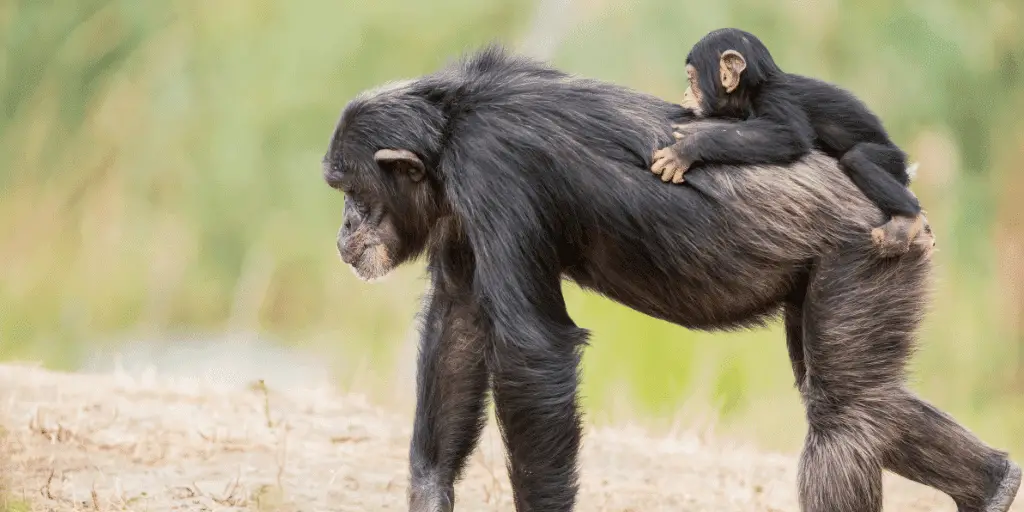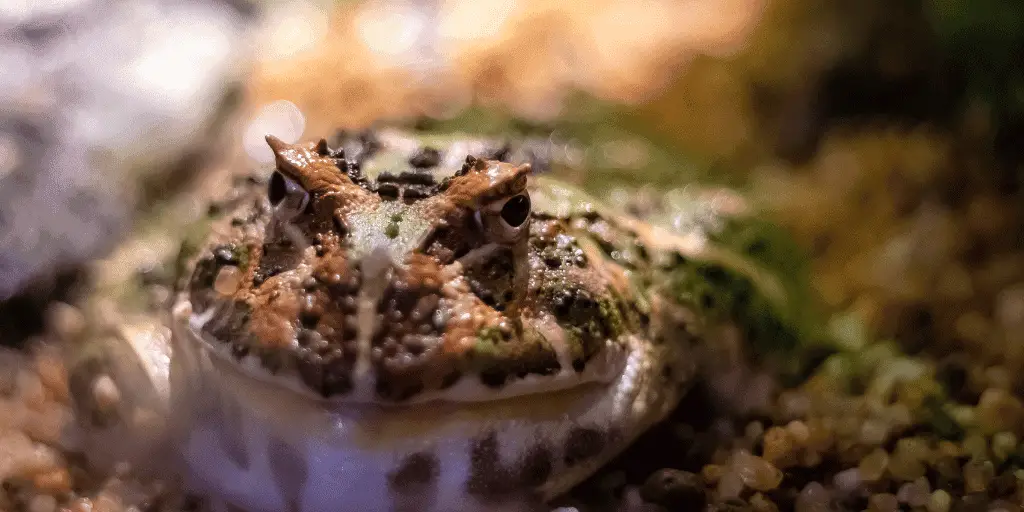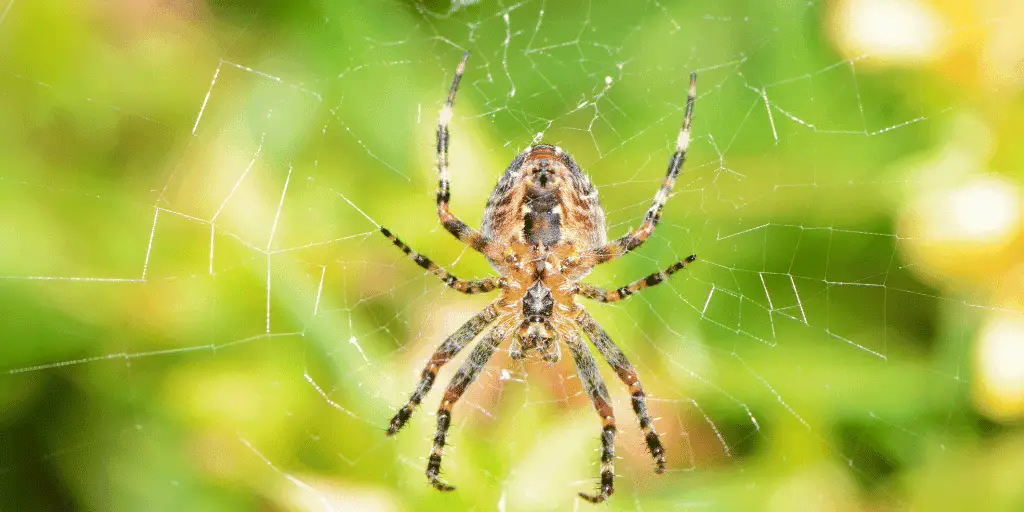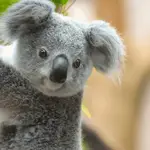Discover the intriguing world of tailless animals in our latest exploration of nature’s marvels. From the evolutionary adaptations of primates to the unique lifestyles of insects, this article delves into the lives of creatures that thrive without this common appendage.
Uncover the secrets behind their survival and the critical roles they play in our ecosystems.
Key Takeaways:
- Humans are unique in the animal kingdom for their upright posture and absence of a tail, an evolutionary trait linked to bipedalism and tool use, which has shaped human anatomy and balance.
- Great apes such as chimpanzees, gorillas, orangutans, and bonobos lack visible tails, with each species exhibiting adaptations that enable them to thrive in their respective environments, from complex social structures to arboreal lifestyles.
- Certain dog breeds, including English Bulldogs, French Bulldogs, and Pembroke Welsh Corgis, have been bred to have short or no tails, which can be a distinctive breed characteristic but may also lead to specific health considerations.
- Adult frogs and toads undergo a metamorphosis from tailed tadpoles to tailless adults, a transformation that changes their ecological role and diet, with their tailless form enhancing their jumping ability and camouflage.
- Tailless insects like ladybugs, butterflies, bees, and ants are perfectly adapted to their environments, playing crucial ecological roles such as pollination and pest control, despite their lack of tails.
List of Animals Without Tails
Quick Answer: Humans, chimpanzees, gorillas, orangutans, and bonobos are tailless primates with unique adaptations and social structures. Certain dog breeds, manatees, and hyenas also lack tails.
| Animal Group | Examples | Unique Adaptations and Roles | Conservation Concerns |
| Primates | Humans, Chimpanzees, Gorillas, Orangutans, Bonobos | Upright posture, complex social structures, tool use (humans); arboreal lifestyles, complex communication | Habitat loss, poaching (gorillas, orangutans, bonobos) |
| Dogs | English Bulldogs, French Bulldogs, Pembroke Welsh Corgis | Bred for specific traits, including short/no tails; health considerations linked to taillessness | Responsible breeding and care |
| Aquatic Mammals | Manatees, Hyenas | Use flukes or short tails for swimming (manatees); communication during hunts (hyenas) | Boat collisions, habitat loss (manatees); persecution (hyenas) |
| Reptiles | Adult Frogs, Adult Toads | Metamorphosis from tailed tadpoles to tailless adults; enhanced jumping ability, camouflage | Habitat destruction, pollution |
| Insects | Ladybugs, Butterflies, Bees, Ants | Pollination, pest control; adapted to environments without tails | Habitat loss, climate change |
| Arachnids | Spiders, Scorpions | Silk production for webs (spiders); venomous stingers for defense, hunting (scorpions) | Pest control, pharmaceutical research |
| Mollusks | Snails, Slugs | Shell for protection or no shell; radula for feeding, hermaphroditic reproduction | Habitat loss, pollution |
1. Mammals Without Tails

Humans: Unique for their upright posture and lack of a tail.
Humans stand out in the animal kingdom, not just for their complex brains and communication skills, but also for their upright posture and the absence of a tail. Our evolutionary path has led us away from the tails that many of our primate cousins possess.
The development of bipedalism allowed our ancestors to use their hands for tool-making and carrying objects, which may have contributed to the reduction and eventual loss of the external tail.
This anatomical change has had profound implications for human anatomy and locomotion, shaping everything from the curve of our spines to the way we balance when we walk.
The cultural and scientific significance of humans being tailless is also noteworthy, as it is a physical trait that is deeply ingrained in our identity as a species.
Chimpanzees, our close genetic relatives, are renowned for their intelligence and intricate social structures. Despite lacking a visible tail, they have no trouble communicating and forming strong social bonds within their communities.
Their habitat spans across the forests of Central and West Africa, where they feast on a variety of fruits, nuts, and occasionally meat. Grooming plays a pivotal role in their social interactions, serving as a way to maintain relationships and establish social hierarchies.
The absence of a tail in chimpanzees does not seem to hinder their ability to express themselves or navigate their complex social world.
Gorillas: Distinguished by their size and strength, gorillas have a small nub instead of a tail.
Gorillas are imposing figures in the primate world, known for their size and strength. They possess only a small nub where a tail might be expected, a feature that is easy to overlook given their impressive physical presence.
These gentle giants primarily consume a plant-based diet and live in the dense forests of Central Africa. Their social structure is fascinating, with groups led by a dominant silverback male.
Conservation efforts are crucial for gorillas, as their populations are threatened by habitat loss and poaching. The lack of a tail in gorillas is just one of many adaptations that have enabled them to thrive in their natural environment.
Orangutans: Recognizable by their reddish fur and the absence of a tail.
Orangutans are the red-haired arboreal wonders of the Asian rainforests, easily recognizable by their distinctive fur and the absence of a tail. Their tailless bodies are perfectly adapted for life in the treetops, where they spend most of their time swinging from branch to branch.
Their diet consists mainly of fruit, along with leaves, bark, and occasionally insects. Orangutans face significant threats from deforestation and the illegal pet trade, making conservation efforts vital for their survival.
Their intelligence is evident in their use of tools and complex social interactions, despite their solitary nature.
Bonobos share many similarities with chimpanzees but are distinct in their more peaceful and matriarchal societies. They are highly social creatures, and their tailless anatomy does not impede their ability to engage in intricate social interactions and sexual behaviors.
Bonobos are known for using sex as a means of conflict resolution and forming bonds within their groups. They inhabit the rainforests of the Democratic Republic of the Congo, where they enjoy a varied diet of fruits, plants, and occasionally small animals.
English Bulldogs, French Bulldogs, Boston Terriers, Australian Stumpy Tail Cattle Dog, Pembroke Welsh Corgis
Each of these dog breeds has a unique story to tell when it comes to their tail—or lack thereof. English Bulldogs and French Bulldogs are beloved for their stout stature and wrinkled faces, often sporting a short or curled tail that adds to their distinctive appearance.
Boston Terriers, with their tuxedo-like coat, also have a short tail that complements their dapper look. The Australian Stumpy Tail Cattle Dog and the Pembroke Welsh Corgi, both herding breeds, have naturally short tails that contribute to their working dog heritage.
For prospective pet owners, it’s important to understand that these breeds may require special care due to their physical characteristics, including potential spinal issues related to their taillessness.
Manatees and Hyenas
Manatees, the serene giants of the sea, glide through the water with the help of their paddle-like flukes, compensating for the lack of a traditional tail. Their diet consists mainly of seagrass and freshwater vegetation, making them important players in their ecosystems.
Hyenas, on the other hand, are known for their laughter-like calls and strong social bonds. Their short tails are used for communication, especially when signaling to pack members during a hunt.
Both manatees and hyenas face conservation challenges, with manatees being at risk from boat collisions and habitat loss, and hyenas facing persecution and habitat encroachment.
2. Reptiles

Adult Frogs and Adult Toads
When we think of tailless animals, adult frogs, and toads often hop to mind. Their lifecycle is a remarkable journey from a water-bound tadpole, complete with a tail, to a land-dwelling adult that has absorbed its tail during metamorphosis.
This transformation is not just a physical change but a complete overhaul of their ecological role. As tadpoles, they are primarily herbivorous, but upon reaching adulthood, their diet shifts to a carnivorous one, feasting on insects and other small creatures.
In the wild, frogs and toads inhabit an array of environments, from tropical rainforests to suburban backyards. Their tailless design contributes to their exceptional jumping ability, an essential skill for evading predators and catching prey. Moreover, the absence of a tail may aid in camouflage, as a protruding tail could give away their location to sharp-eyed predators.
Breeding habits of these amphibians are as diverse as their habitats. Many species return to the water to lay eggs, while others have adapted to lay eggs on land or in trees. The tailless state of adult frogs and toads also plays a part in their unique mating calls and rituals, which are vital for attracting mates.
Perhaps one of the most intriguing aspects of these tailless creatures is their skin. It’s not just for protection; it’s a multifunctional organ responsible for respiration and moisture absorption.
This permeable skin requires a moist environment to function correctly, which is why you’ll often find frogs and toads in or near bodies of water. Their skin’s ability to absorb water and oxygen directly from their surroundings is a remarkable adaptation that supports their tailless, terrestrial lifestyle.
3. Insects
Ladybugs, Butterflies, Bees, Ants
Ladybugs, with their rounded bodies and vibrant colors, are a favorite among gardeners, not only for their aesthetic appeal but also for their appetite for aphids and other plant pests.
These little beetles, lacking a tail, have a dome-shaped elytra that aids in their defense mechanism, allowing them to tuck their legs and antennae tightly against their body when threatened. Their life cycle, from egg to larva to pupa and finally to adult, is a marvel of transformation, with each stage serving a specific purpose in their development and contribution to their habitat.
Butterflies, the fluttering jewels of the garden, exhibit a tailless form that is essential for their remarkable flight patterns. Their wings, covered in tiny scales, are a canvas for nature’s artistry and serve as a critical tool for thermoregulation, camouflage, and mate attraction.
The butterfly’s life cycle is a testament to adaptation, with each stage from caterpillar to chrysalis to adult butterfly showcasing the incredible metamorphosis that occurs within this group of insects.
Bees, the industrious pollinators, are another example of tailless insects whose body structure is perfectly suited to their lifestyle. Their fuzzy bodies are designed to catch pollen, and their barbless stingers allow for defense without self-sacrifice.
The social structure of bee colonies, with their division of labor, is a fascinating study in cooperation and efficiency. Bees are critical for the pollination of many crops and wild plants, making their conservation status of utmost importance.
Ants are the architects of the insect world, constructing complex underground dwellings without the need for a tail. Their strong mandibles are more than sufficient for digging and carrying materials. Ants play a crucial role in soil aeration and nutrient recycling, and their social hierarchy is a subject of endless fascination.
From the queen’s single nuptial flight to the tireless work of the workers, ants demonstrate the power of community and the success of their tailless design.
Each of these insects, though tailless, is perfectly adapted to its environment and lifestyle. Their ecological importance cannot be overstated, and understanding their roles and the threats they face is essential for their conservation and the health of our planet.
4. Arachnids

Spiders and Scorpions
When you picture a spider, you might think of eight legs, beady eyes, and a penchant for spinning webs. What you don’t see is a tail, and that’s because spiders don’t have them. Their bodies are divided into two main parts: the cephalothorax, which is a fusion of the head and thorax, and the abdomen.
Unlike many animals, spiders don’t need tails to balance or communicate. Instead, they rely on their incredible silk-producing abilities to create intricate webs that serve as both home and hunting ground. This silk isn’t just for catching dinner; it’s also used for shelter, to protect their young, and even to travel on the breeze in a process called ballooning.
Now, scorpions might seem to have tails, but that’s not quite accurate. The long, segmented appendage that curves over their back is actually called a metasoma, and it’s an extension of their abdomen.
At the tip, you’ll find the stinger, a specialized tool for both defense and hunting. Scorpions inject venom through this stinger, which can be used to subdue prey or deter predators. This venom is a subject of study for many scientists, as it contains compounds that could be used in medicine.
Both spiders and scorpions have an array of sensory organs that help them navigate and hunt in their environments. Spiders can detect the slightest vibrations on their webs, while scorpions use a combination of sensory hairs and pincers to explore and capture prey.
Conservation of these arachnids is important, as they control pest populations and their venom has potential pharmaceutical applications. Plus, they’re just plain interesting; some spiders can change color to blend into their surroundings, and certain scorpions glow under ultraviolet light. Understanding these tailless wonders is key to appreciating the diversity and complexity of life on Earth.
5. Mollusks
Snails and Slugs
Imagine a world where your home is always with you, and your pace is never hurried. This is the reality for snails, with their spiral shells serving as both protection and portable housing. Slugs, their shell-less cousins, share a similar slow-paced lifestyle, but instead, they carry a reduced shell or none at all. Both snails and slugs are fascinating examples of tailless creatures, perfectly adapted to their environments.
Snails and slugs have evolved to thrive in a variety of habitats, from lush gardens to dense forests. Their diet primarily consists of plant material, which they consume using a specialized mouthpart called a radula, a sort of biological conveyor belt studded with tiny teeth. This diet makes them important decomposers in the ecosystem, breaking down organic matter and returning nutrients to the soil.
Their reproduction strategies are as unique as their diet. Many snails and slugs are hermaphrodites, meaning they possess both male and female reproductive organs, which allows for a flexible approach to mating.
The absence of a tail in these mollusks is an adaptation to their slow-moving lifestyle. Without the need for speed or agility, a tail would be superfluous. Instead, they glide along on a muscular foot, secreting mucus to reduce friction with the ground. This method of movement is energy-efficient, though it restricts them to moist environments where they can avoid desiccation.
In the grand tapestry of the ecosystem, snails and slugs play a pivotal role. They are a food source for a variety of animals, including birds, amphibians, and insects. However, they face challenges such as habitat loss due to human encroachment and pollution, which can alter the delicate balance of their living spaces.
In biological research, these tailless mollusks offer valuable insights due to their simple nervous systems and regenerative abilities. Scientists study them to understand fundamental biological processes and to gain clues about how to address human medical conditions.
Despite their slow nature, snails and slugs are integral to the health of the environments they inhabit, and their unique adaptations make them a fascinating study in the diversity of life without tails.
Conclusion
In conclusion, the animal kingdom is rich with diversity, including a wide array of species that have evolved without tails. From the upright, intelligent humans to the strength and majesty of gorillas, and the social complexities of chimpanzees and bonobos, mammals exhibit a variety of adaptations that negate the need for a tail.
Similarly, certain dog breeds have been selectively bred to have short or no tails, which suits their specific roles and characteristics. In the aquatic realm, manatees use their flukes in place of tails, while hyenas utilize their short tails for communication.
Reptiles like adult frogs and toads undergo a metamorphosis that leaves them tailless, an adaptation that aids in their survival and reproductive strategies. In the insect world, ladybugs, butterflies, bees, and ants thrive without tails, each with unique body structures that serve their ecological roles.
Arachnids such as spiders and scorpions, though appearing to have tails, actually do not, and their body parts are specialized for their predatory lifestyles. Lastly, mollusks like snails and slugs showcase a tailless existence that emphasizes their slow, methodical approach to life.
Each group of tailless animals plays a crucial role in their respective ecosystems, and their adaptations highlight the incredible variety of evolutionary solutions to life’s challenges.
Understanding these creatures’ lifestyles, ecological importance, and conservation needs is essential for preserving the intricate balance of nature. This article has explored the fascinating world of tailless animals, shedding light on the myriad ways life thrives without this appendage.
- What Should I Do If A Koala Bites Me? Safety Guide - 2024-05-30
- Are Kangaroos Born Without Hind Legs? A Fascinating Journey - 2024-05-30
- Animals That Look Like Squirrels - 2024-05-30









